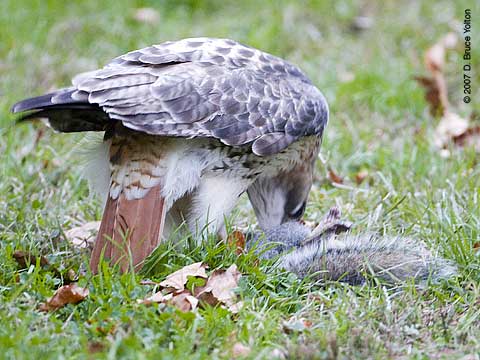Eastern Screech-Owls Rediscovered
After being away for Thanksgiving, I was finally able to get back into Central Park on Saturday. I was able to relocate the Eastern Screech-Owl I had seen two weeks ago. It was in a nearby tree.











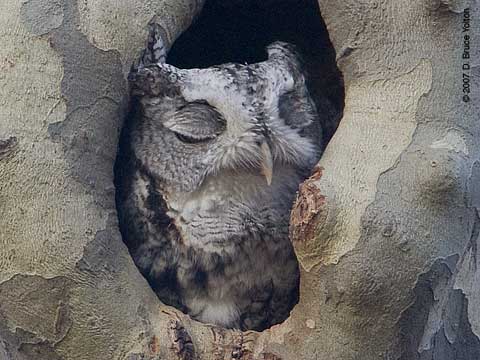




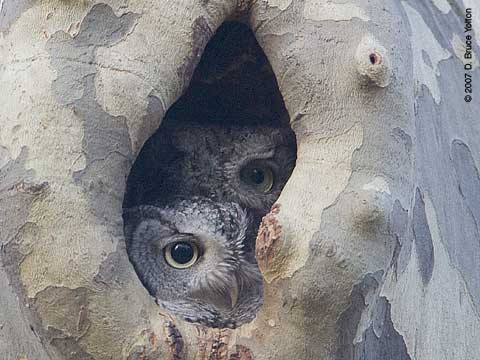

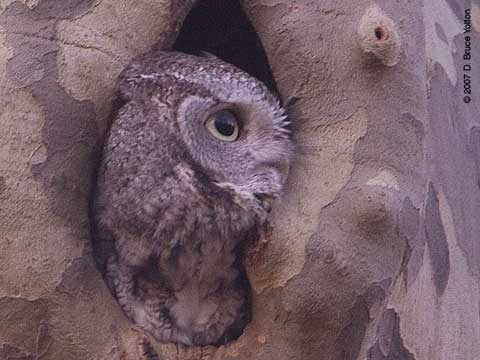






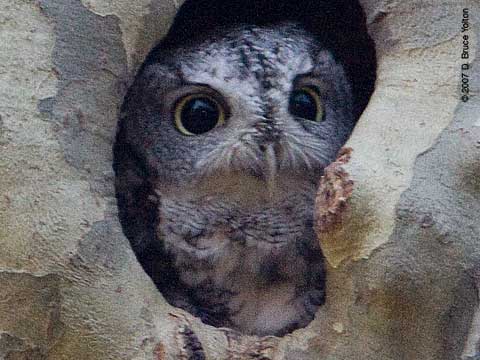




After being away for Thanksgiving, I was finally able to get back into Central Park on Saturday. I was able to relocate the Eastern Screech-Owl I had seen two weeks ago. It was in a nearby tree.






























The City of New York has proposed new regulations for photographers in the city. The city has scrapped the old proposal which would have impacted birding photographers and recommended a sensible set of regulations.
Thank you to all of the readers who sent letters to the city and to Chris Dunn and his staff at the NYCLU. A democracy can be an inefficient form of government, but it’s great when it works.
Pale Male and Lola were out and about on a very gray Sunday afternoon.
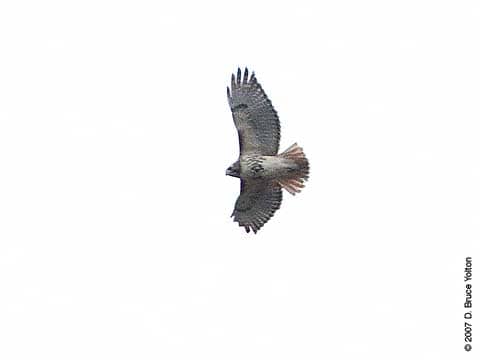
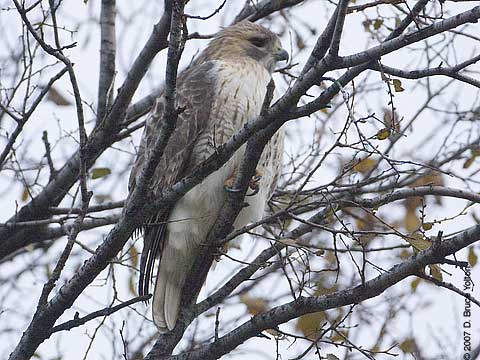
I was able to photograph my first Central Park Screech-Owl of the season on Sunday. (I had seen a Screech-Owl two weeks ago, and heard another three weeks ago but was unable to photograph them.)
The owl is in a very public place, so please forgive me for keeping its location a secret.
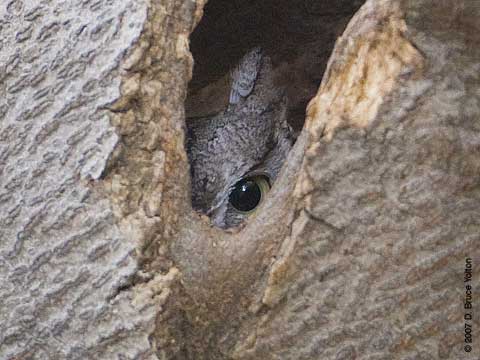
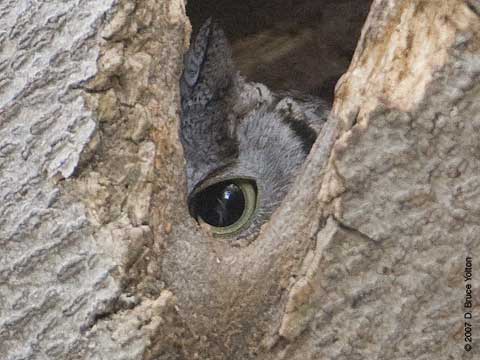
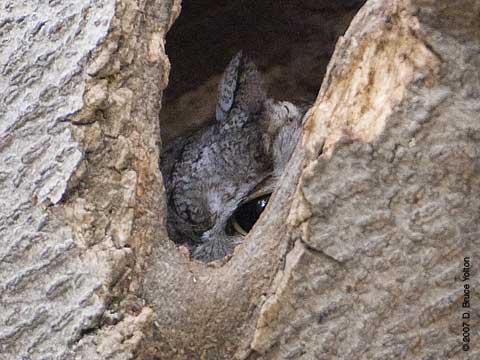
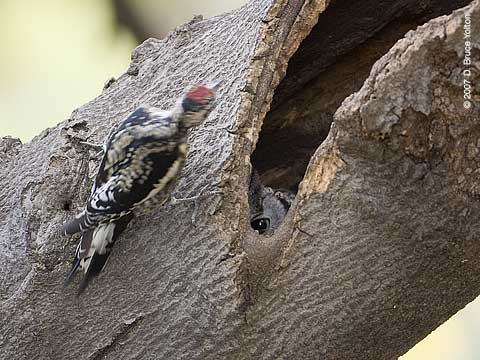
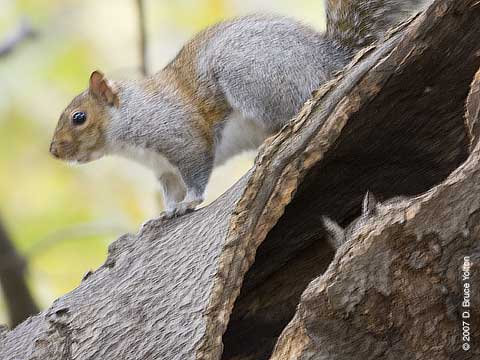
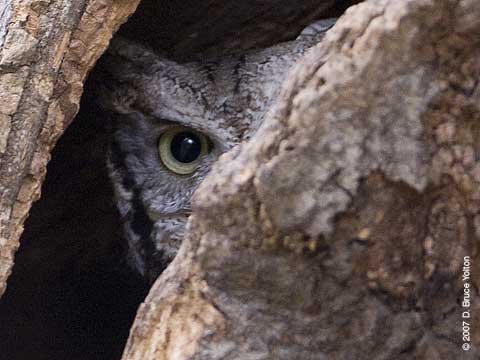
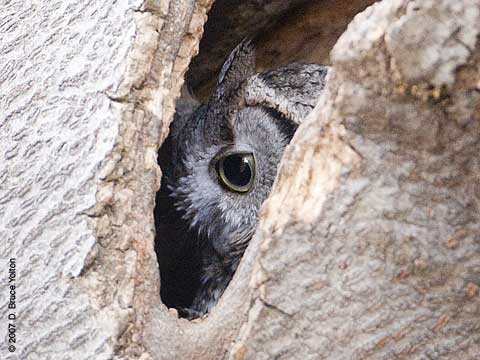
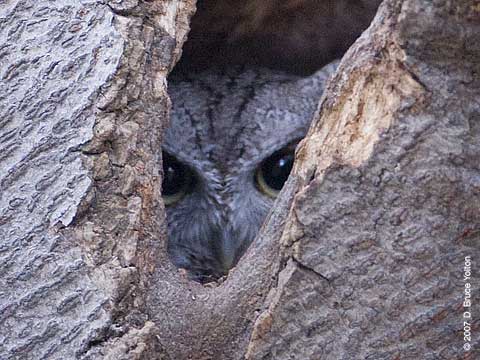
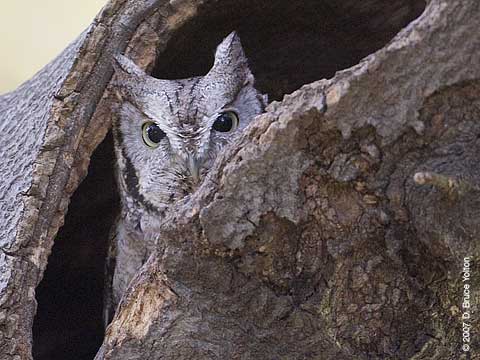
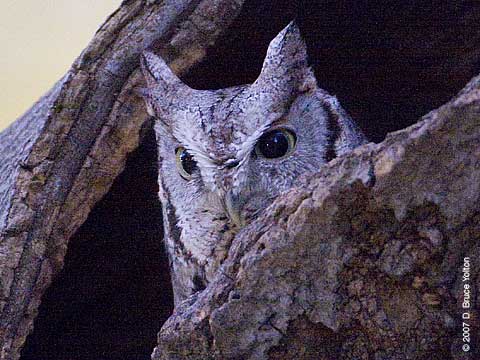
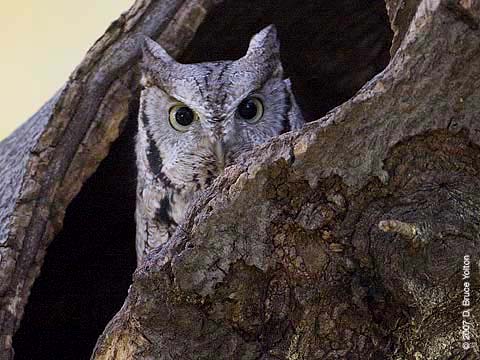
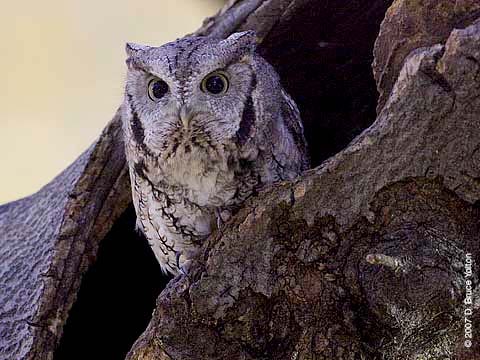
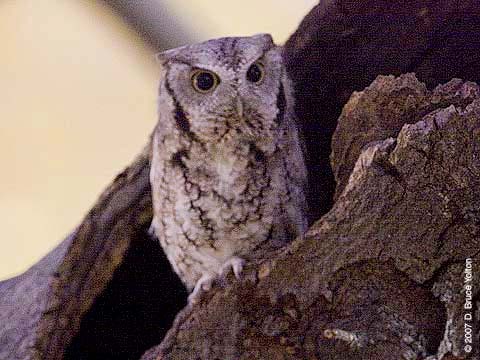
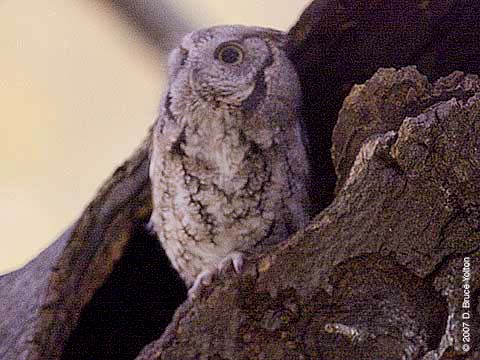
The owl waited until it was very dark to fly out and I lost it as soon as it flew out.
Work on the SE tower of the Beresford Apartments, one of Lola’s favorite perches, has finished. The scaffolding and netting that have been around the tower over the last few weeks has been removed. While working on the tower, employees removed the small pile of sticks Lola and Pale Male had brought to the ledge over the last few years. I’m sure the workers felt that the loose sticks needed to be removed to comply with Local Law 11.
The building did not destroyed or modify any of the perches Pale Male and Lola use on the Beresford. There is no reason for anyone to be upset by the removal of a few sticks. A diatribe against the building was posted on a site dedicated to Pale Male on Sunday. The overreaction of some against kite flying, balloons, building cleaning, and raptor exhibitions in Central Park only paints the hawk watching community as a bunch of fanatical lunatics.
If one is truly concerned about Pale Male and Lola, they should worry about their nest on Fifth Avenue. The nest has failed to produce offspring since it was installed over three years ago. The new cradle, built to support the nest and comply with Local Law 11, appears to have a design flaw. The organizations and individuals that helped install the cradle, and were happy to pose for press pictures, have all but forgotten about Pale Male and Lola.
When people tell me how how great it is that the nest was restored, I respond with words they usually don’t want to hear. I tell them that the new nest structure, a valiant and possibly first-time attempt by mankind to restore a Red-tailed Hawk nest, hasn’t worked. (Given that it was a first attempt, it’s not surprising that something has gone wrong.)
Rarely, someone will ask me “What can I do to help?”. I answer that I don’t know what to do. I don’t know enough about engineering and thermodynamics to recommend which structural changes to make to the cradle.
Maybe the answer is just to continue spreading the word that Pale Male and Lola’s new nest isn’t working. If enough people know the truth, maybe someone with the appropriate expertise will come forward and do something.
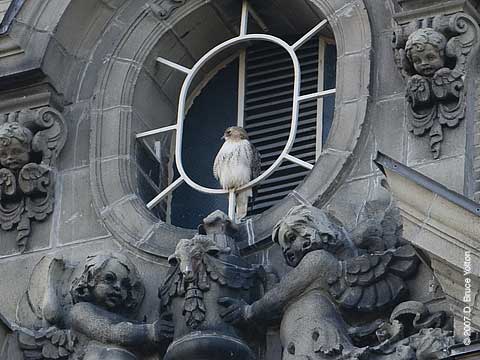
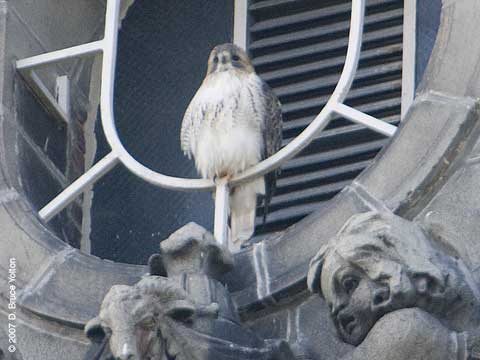
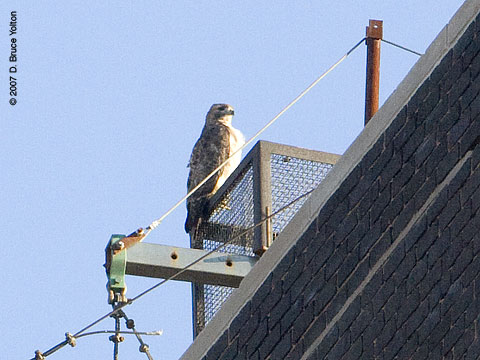

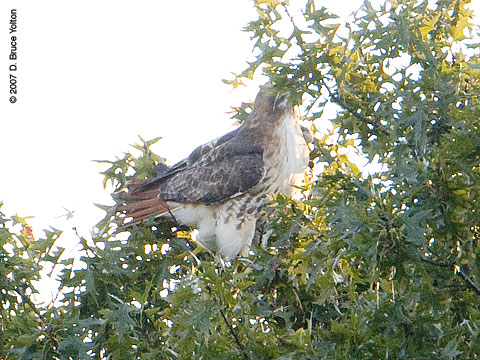
Sunday was a festive day in Central Park with the Marathon going through it for most of the day.
(Warning: some squirrel eating shots near the end of this post.)

This seems to change each year. Sometimes Lola seems to tolerate a young hawk and sometimes she doesn’t. Last year, she ignored the young hawk that hung out in the park around the Natural History Museum.






